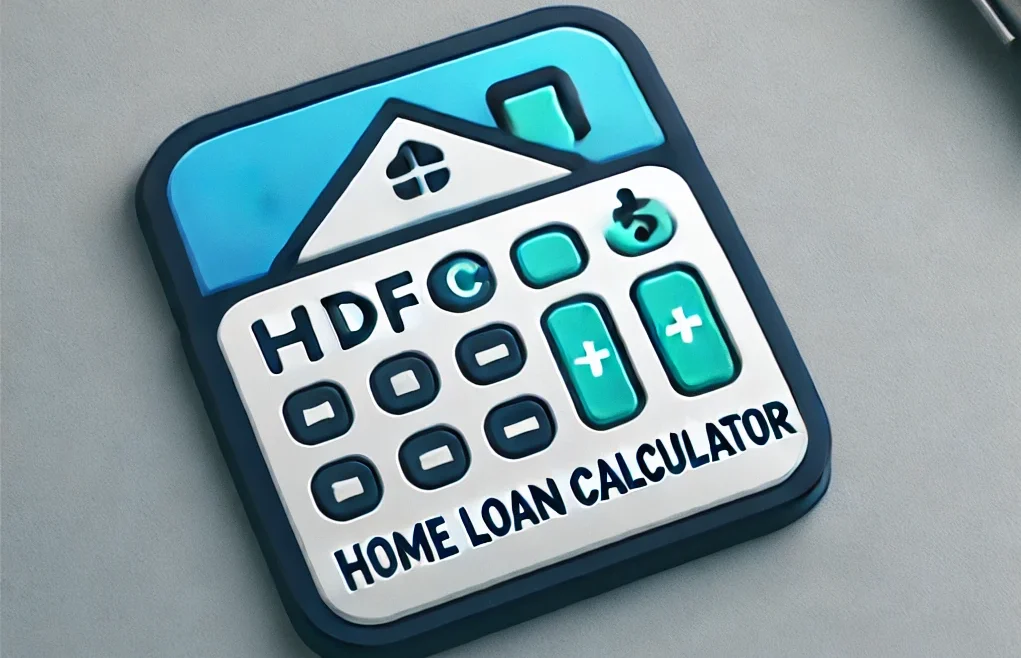The Reserve Bank of India (RBI) plays a crucial role in determining the interest rates offered by banks, including HDFC. Understanding how RBI policies influence home loan interest rates is essential for borrowers, especially when making financial decisions such as buying a home. In this guide, we will break down the key factors behind RBI’s policy decisions and how they directly impact HDFC home loan interest rates.
Role of RBI in India’s Financial System
The Reserve Bank of India (RBI) is India’s central bank and monetary authority. It regulates the money supply, controls inflation, and sets the key interest rates that influence borrowing and lending rates across the country. Some of the critical functions of the RBI include:
- Monetary Policy: Formulating monetary policies to control inflation and ensure financial stability.
- Repo Rate and Reverse Repo Rate: Setting these rates, which directly affect loan interest rates.
- Cash Reserve Ratio (CRR) and Statutory Liquidity Ratio (SLR): Regulating how much cash banks must hold in reserve.
These actions form the basis for HDFC’s home loan interest rates.
Understanding the Repo Rate and Its Impact
What is the Repo Rate?
The repo rate is the rate at which the RBI lends money to commercial banks like HDFC. It is a vital tool for controlling inflation and liquidity in the economy. When the RBI increases the repo rate, borrowing money becomes more expensive for banks, which in turn, leads them to raise their loan interest rates, including home loan rates.
How Repo Rate Changes Affect HDFC Home Loan Interest Rates
- Repo Rate Increase: When the repo rate rises, HDFC has to pay more to borrow funds from the RBI. This additional cost is passed on to customers in the form of higher home loan interest rates.
- Repo Rate Decrease: A decrease in the repo rate allows HDFC to borrow money at a lower cost. This can lead to a reduction in home loan interest rates, making home loans more affordable.
For example, in the RBI monetary policy review of August 2024, a 0.25% reduction in the repo rate resulted in HDFC lowering its home loan interest rates by a similar margin.
Reverse Repo Rate and Its Impact on Interest Rates
What is the Reverse Repo Rate?
The reverse repo rate is the interest rate at which the RBI borrows money from commercial banks. It helps manage liquidity in the banking system. Changes in the reverse repo rate impact banks’ lending behavior, indirectly affecting home loan interest rates.
- Higher Reverse Repo Rate: Banks are incentivized to park their funds with the RBI instead of lending, leading to higher interest rates for home loans as there is less liquidity in the market.
- Lower Reverse Repo Rate: With a lower reverse repo rate, banks like HDFC are encouraged to lend more, resulting in lower home loan interest rates.
Impact of Cash Reserve Ratio (CRR) on Home Loan Rates
What is the Cash Reserve Ratio (CRR)?
The CRR is the percentage of a bank’s total deposits that must be kept as reserves with the RBI. An increase in the CRR reduces the amount of money banks can lend, which puts upward pressure on interest rates.
How CRR Changes Affect HDFC Home Loan Rates
- Increased CRR: When the CRR is increased, HDFC has less money to lend, leading to higher home loan interest rates to manage the reduced liquidity.
- Decreased CRR: A lower CRR means HDFC can lend more, which can result in lower home loan rates due to increased liquidity.
Statutory Liquidity Ratio (SLR) and Its Influence
The Statutory Liquidity Ratio (SLR) is the percentage of a bank’s net demand and time liabilities (NDTL) that must be maintained in the form of liquid assets such as cash, gold, or government securities.
- Higher SLR: When the SLR is raised, banks have to hold more liquid assets, reducing their ability to lend, leading to higher home loan interest rates.
- Lower SLR: A reduced SLR allows banks to lend more, potentially lowering HDFC’s home loan interest rates.
How Inflation Affects Home Loan Interest Rates
The RBI’s monetary policies are primarily driven by the need to control inflation. When inflation rises, the RBI is likely to increase the repo rate to curb inflation, resulting in higher home loan interest rates. Conversely, when inflation is under control, the RBI may lower the repo rate, leading to lower interest rates for home loans.
HDFC Home Loan Interest Rates in 2024: What to Expect
As of 2024, the Indian economy is experiencing a phase of moderate inflation and steady GDP growth, which has led the RBI to adopt a more balanced approach. HDFC has adjusted its home loan interest rates based on the following key factors:
- Current Repo Rate: As of the latest RBI policy review, the repo rate stands at 6.00%, and HDFC’s interest rates for home loans range from 8.00% to 9.50%, depending on the loan amount and tenure.
- Inflation Control: With inflation remaining stable, the chances of a significant repo rate hike are minimal in the near term, providing relief to home loan borrowers.
Key Takeaways for Home Loan Borrowers
- Monitor RBI Policy Announcements: Keeping an eye on the RBI’s monetary policy reviews can help you time your home loan application to secure better interest rates.
- Fixed vs. Floating Rates: Depending on the economic outlook, you can opt for a fixed-rate home loan to protect yourself from future rate hikes or a floating-rate loan to benefit from possible rate cuts.
- Prepayment Option: If the RBI cuts rates, consider making prepayments to reduce the overall interest outgo on your loan.
Conclusion
RBI policies, particularly changes in the repo rate, reverse repo rate, CRR, and SLR, have a direct impact on HDFC home loan interest rates. By understanding these factors, borrowers can make informed decisions and take advantage of favorable market conditions to secure lower home loan rates. Stay informed about the RBI’s monetary policies to make the most of your home loan with HDFC.

